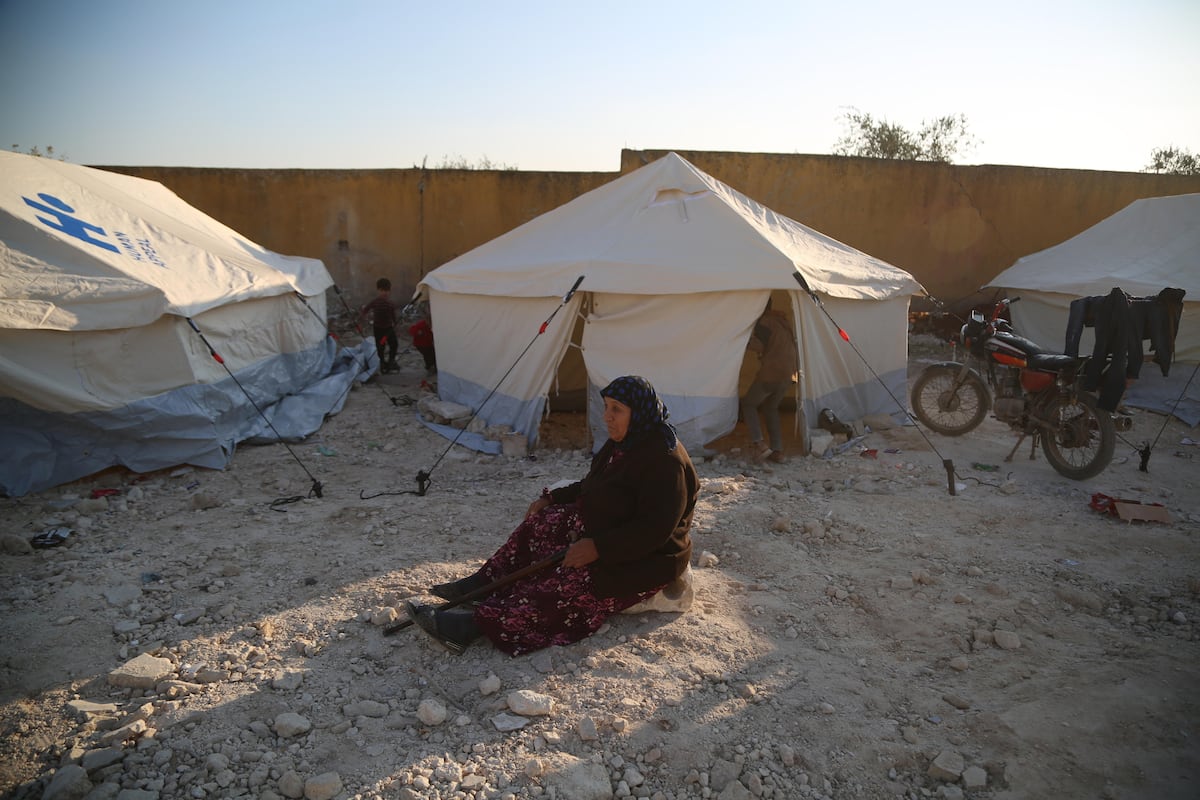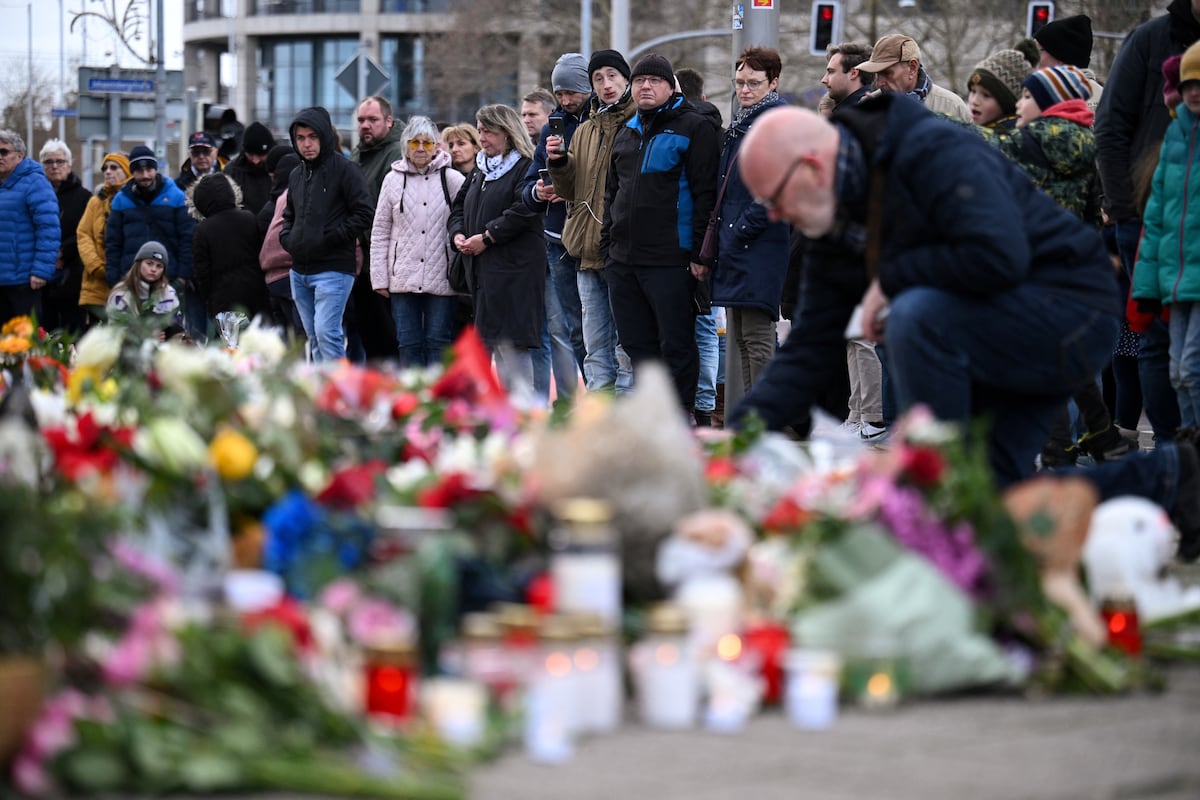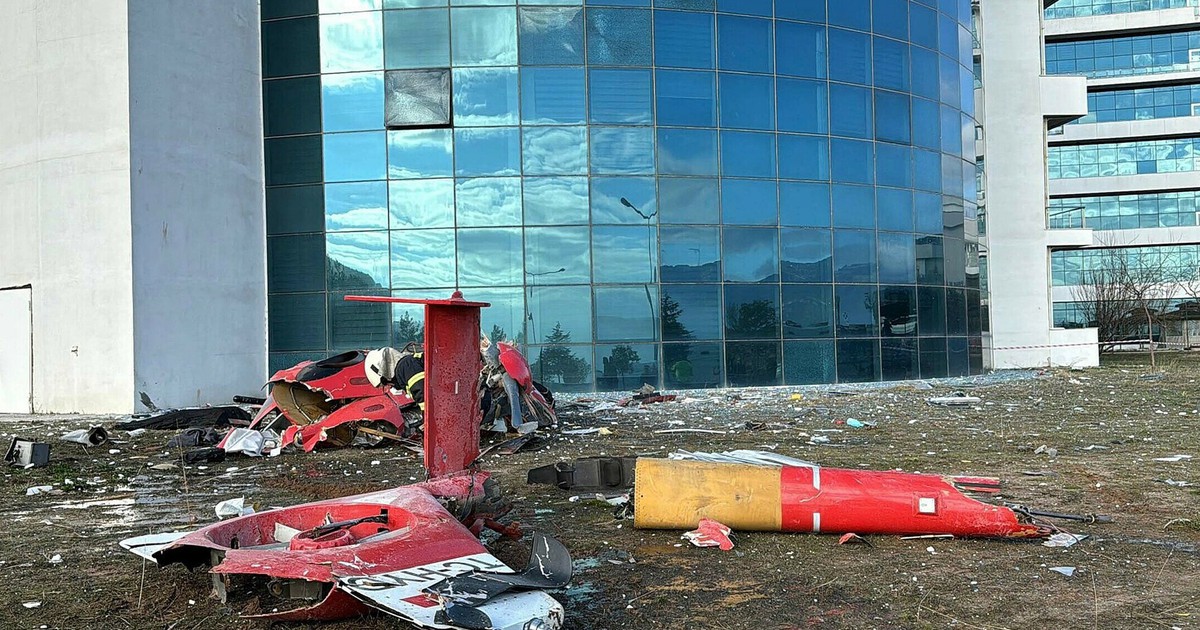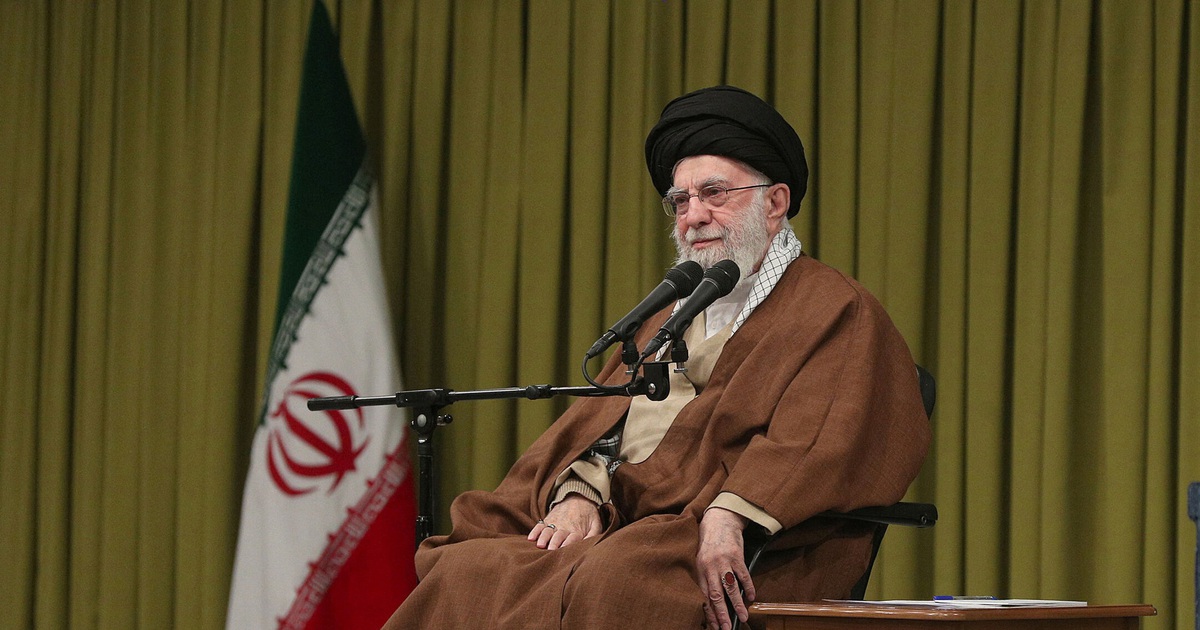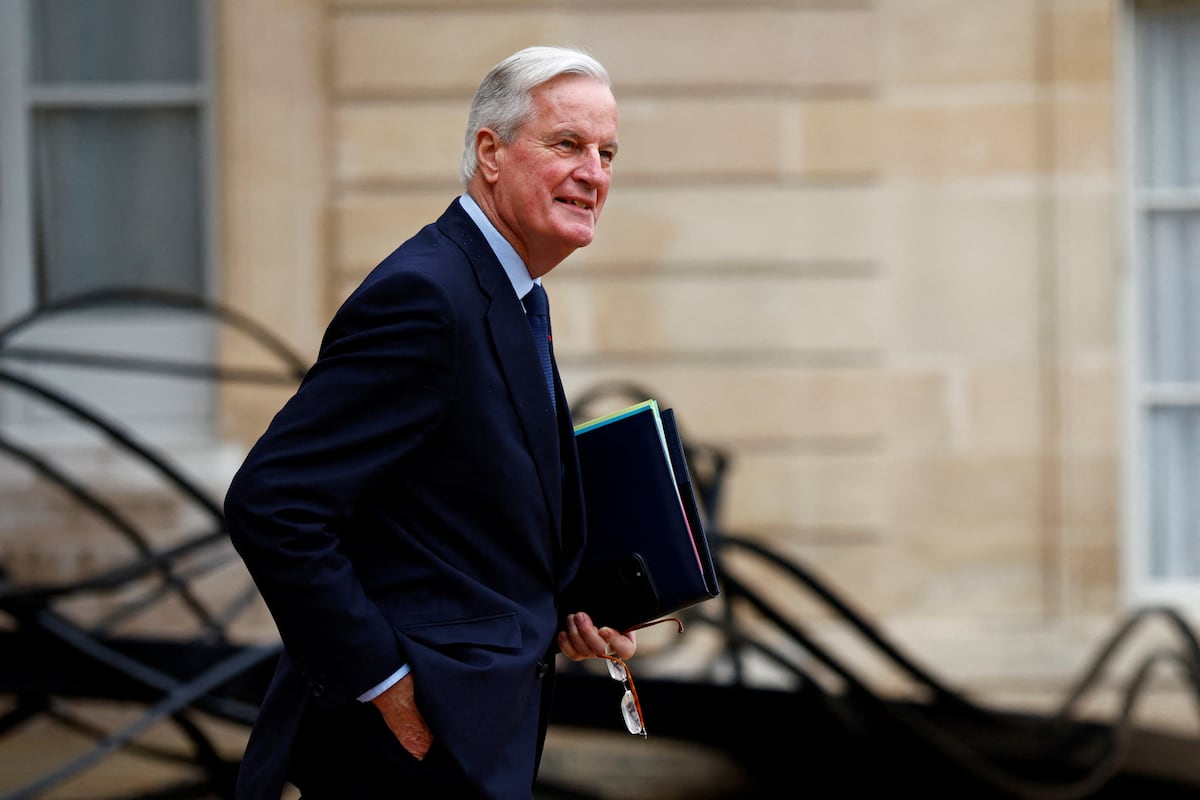The fronts of the Syrian war had been practically frozen since 2020, until this Wednesday an unprecedented offensive in recent years has led rebel factions to stand at the gates of Aleppo, the country’s second city and in the hands of the Bashar El regime. Assad. The fighting in northwest Syria began on Wednesday with a surprise attack by the Salafist (Sunni) group Hayat Tahrir al Sham (HTS) together with factions of the former Free Syrian Army, which have managed to cut the main communication route between Aleppo and Damascus and They have broken the regime’s defenses. This, in turn, and with the assistance of Russia, has intensified aerial bombardments on areas under rebel control, killing around twenty civilians.
In reality, the war in Syria had never ended. There have been continuous exchanges of artillery between the front lines – in the hands of various groups – and bombings by external actors (Israel, Turkey, Russia). In fact, the situation in northwest Syria had been heating up for weeks, especially in the province of Idlib, with continuous air and artillery attacks by the regime and its allies (Russia and pro-Iranian militias), which had caused the flight of several tens of thousands of people to the north. In this area, 60% of its inhabitants are displaced from other parts of the country due to a conflict that has already lasted 14 years.
Fearing a large-scale attack by the regime; HTS and several groups of the so-called Syrian National Army (ENS) – created under the auspices of Turkey by a conglomerate of rebel factions, most of them Islamists, formerly attached to the Free Syrian Army – went on the offensive on Wednesday morning in an operation called “Deterring Aggression.” The objective is to “eliminate the danger of the Iranian militias and the criminal regime from populated areas and prepare a favorable environment for the return to their homes of our people displaced inside and outside the country,” stated the commander in chief of the operation, Hassan Abdul Ghani, in a video published this Thursday.
Turkish security sources have acknowledged to this newspaper that they are aware of the operation, which they attributed “to the increase in tension in recent weeks” due to the notable increase in civilian casualties due to the attacks by the Russian Federation and the regime. For this reason, “groups from Idlib” had proposed an “operation to move the front lines away”, something that Turkey tried to stop so as “not to contribute to the growing tension in the region due to Israel’s aggressiveness”, which has also increased its attacks on Iranian militias and Syrian regime positions in recent months.
Turkish sources stated that before the attack – and also now – they tried to mediate to avoid hostilities with their partners in the so-called Astana Process; that is, with Russia and Iran, together with those who agreed in 2019 on the so-called “de-escalation” zones around the provinces of Idlib and Aleppo. Turkish sources affirm that the rebel operation was planned as a “limited” attack and that if it has expanded it has been because “the regime forces have fled their positions.”
In fact, the advance has been very rapid: on the first day of fighting, HTS and its allies conquered at least 18 villages and the base of the 46th Regiment of the Syrian Army, capturing a dozen tanks and several armored vehicles. The offensive towards the east continued on the second day, with the capture of more towns and reaching just three kilometers from the outskirts of Aleppo. In addition, they have achieved two new advances in the south of Idlib to cut the M5 highway, which connects Aleppo and Damascus, and is key to maintaining the supply lines of the forces loyal to Bashar El Assad.
On social networks, the groups assigned to the operation published images of hanging portraits of Assad in the towns already under their control and of the leaflets that, distributed and launched by drones, call on the regime’s soldiers to desert.
For their part, regime and Russian fighters have responded to the offensive with intense bombings on dozens of towns in Idlib and Aleppo, including one with fragmentation munitions in the center of Atarib, which according to the Civil Defense has left at least 15 civilians dead. , four of them children. The bombings in other locations have caused at least four civilian deaths and dozens of injuries.
According to the Syrian Observatory for Human Rights, at least 182 fighters have been killed in the clashes and shelling, 121 from HTS and rebel factions and 61 from the regular Syrian Army and related militias, including Iranian soldiers. In fact, Iran’s state media have acknowledged the death of Revolutionary Guard Brigadier General Kiumars Purhashemi, deployed in Syria as an advisor to the regime’s forces.

